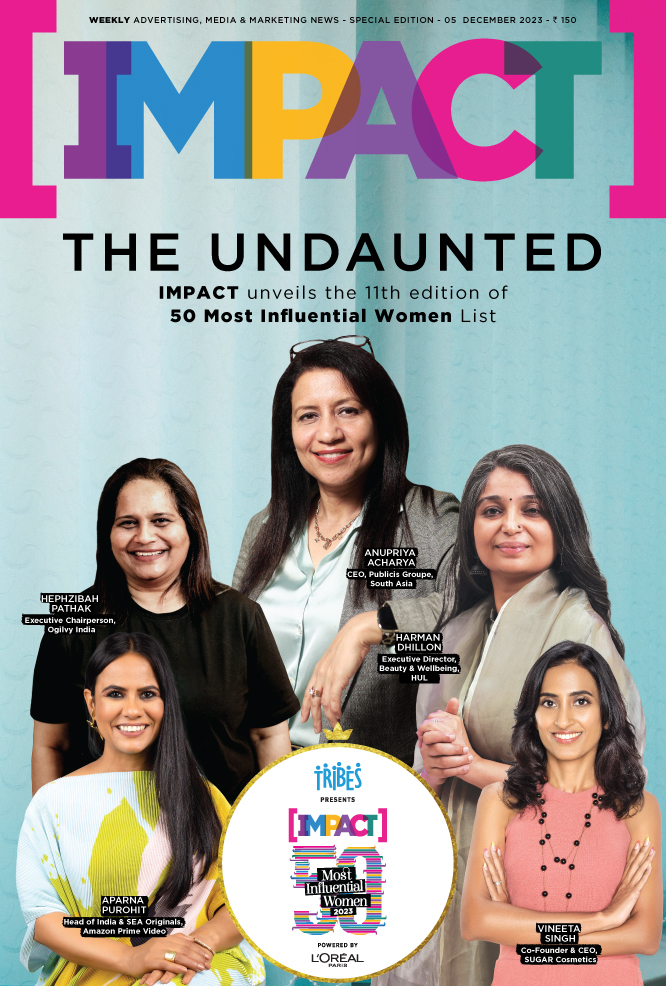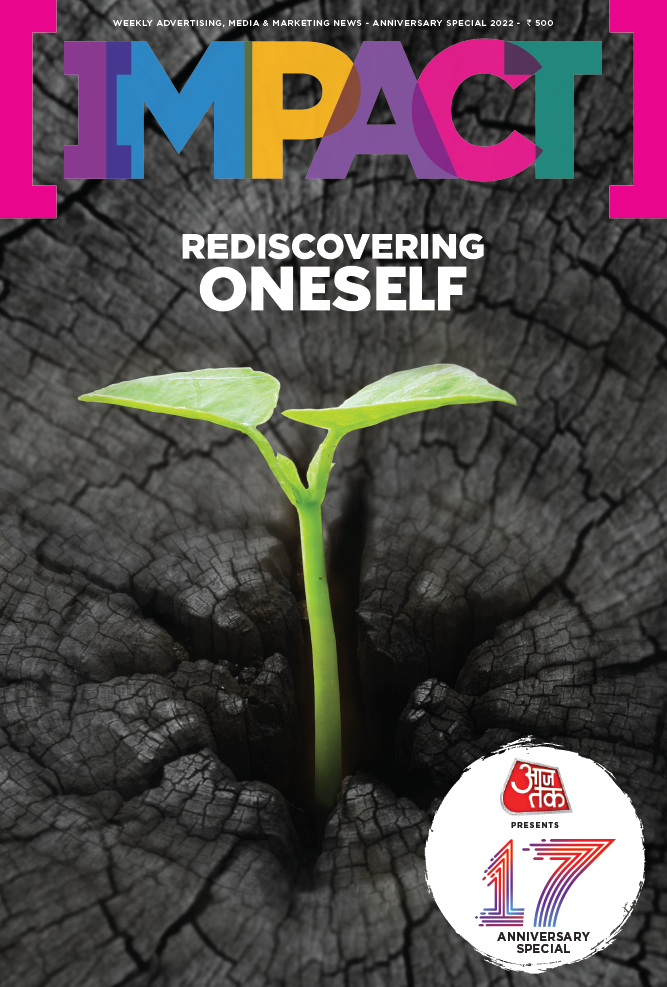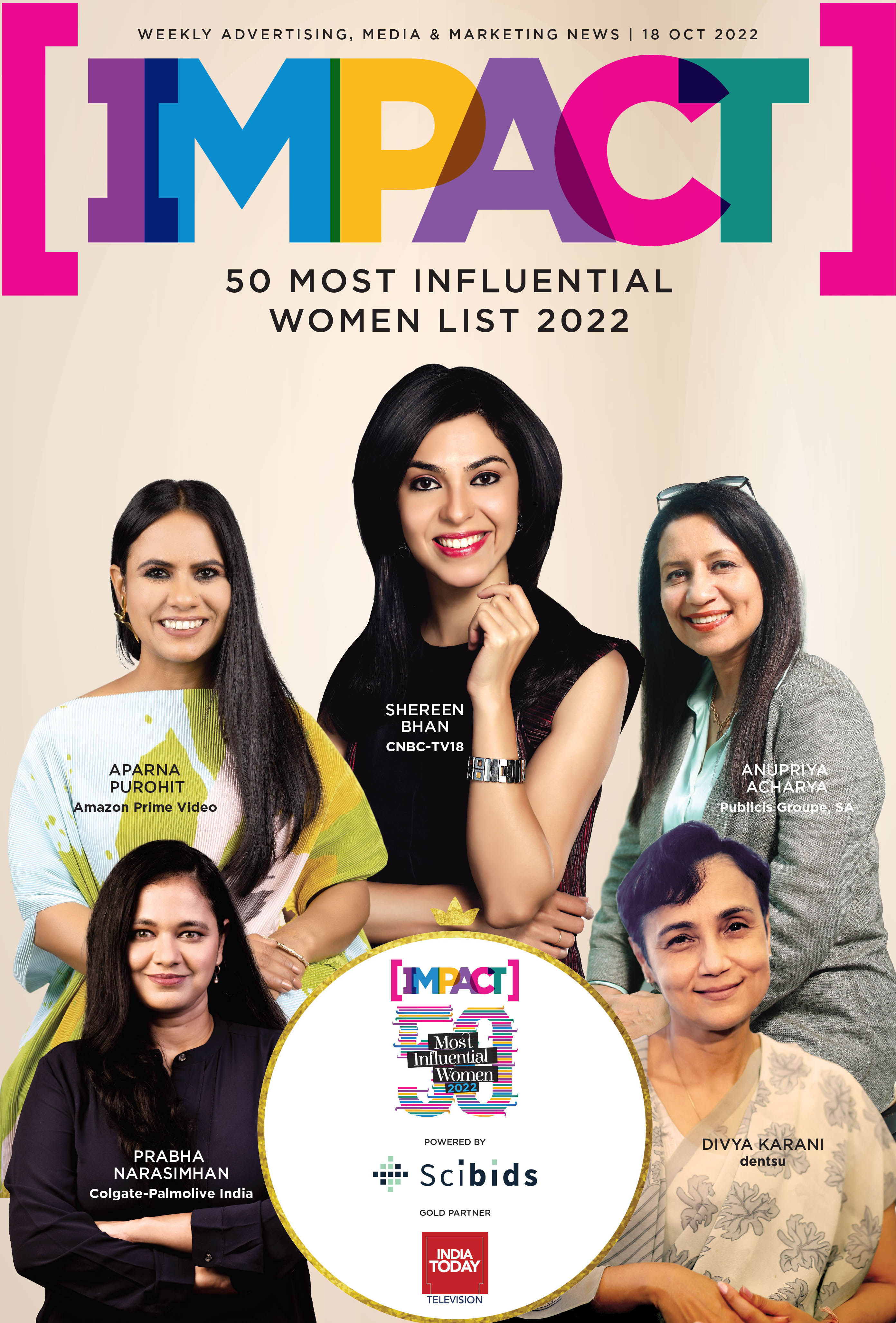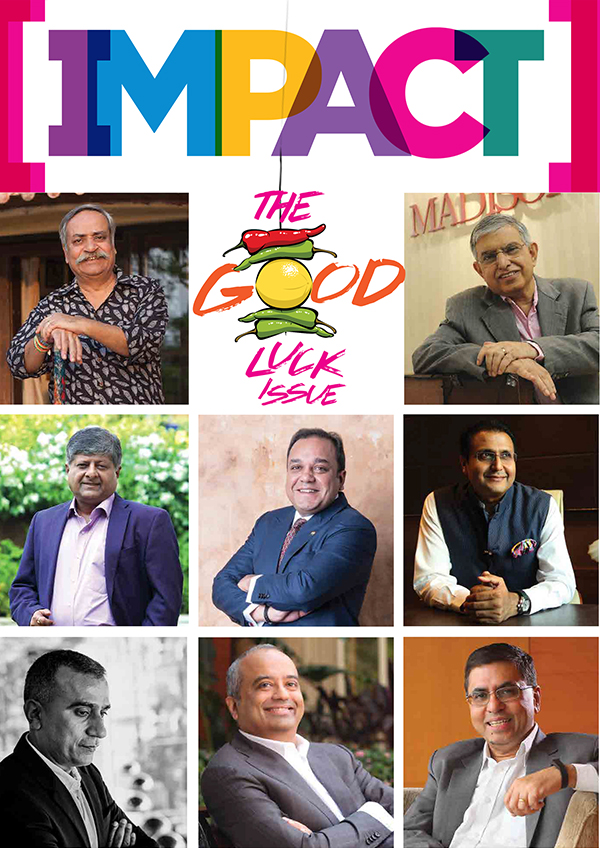Lifebuoy’s latest campaign featuring brand ambassador Shah Rukh Khan marks a pivot for the brand as it ventures beyond its long-standing association with hand hygiene into the broader and more emotionally driven skincare category. Once known for its utilitarian appeal, Lifebuoy is now attempting to soften its image — quite literally — by aligning with the values of skincare such as nourishment, protection, and everyday relevance.
In a Mint article published on February 10, 2025, it was reported that Lifebuoy — a brand with over Rs 2,000 crore in sales currently — is getting a brand refresh. As sales in the hygiene soap category have slowed down to single digits, a senior HUL executive said the brand will now focus on ‘skin protection’ rather than just ‘germ protection,’ marking a shift in its positioning.
In Q3 FY25 (ended Dec 2024), Hindustan Unilever’s personal care revenue fell 4%, primarily due to a drop in skin‑cleansing products in the hygiene segment, which includes Lifebuoy.
For Lifebuoy, the challenge lies in balancing its hard-earned equity in hygiene with the softer, more intimate language of skincare. This is where Shah Rukh Khan walks in. In the campaign, he grooves on the jingle that conveys Twacha ki raksha karta hain Lifebuoy. Lifebuoy hain jahan, behter twacha hain wahan (Lifebuoy protects the skin. Where there is Lifebuoy, there is a better skin).
Link to the campaign:
Yet, questions remain: Can a product long associated with functional use be credibly positioned as a skincare solution? How do consumers psychologically categorise personal care products, and how fluid are these boundaries?
Naresh Gupta, Founder and Managing Partner, Bang In The Middle, shares that the brand has approached this view quite interestingly by calling it “skin health.” Rather than making a drastic shift, it has evolved from hygiene to skin health — maintaining some continuity while expanding the brand’s scope.
He adds that the primary trigger for this change was the decline in the hygiene soap category. Since sales were stagnating or declining because consumers evolved and are looking for more benefits from their soaps, Lifebuoy had no choice but to move beyond just hygiene.
The Indian soap market size was about $4.0 billion in 2024 according to IMARC Group, with a projected CAGR of around 3.19% from 2025 to 2033. The hygiene soap category (which includes bar soaps like Lifebuoy, Lux, Dove) forms the major part of this market, as bar soaps accounted for about 90% of the soap market value in recent years.
Unilever, in its quarterly release for 2025, shared that good growth in Dove was partially offset by declines in Lifebuoy and Lux, driven by challenges in Indonesia, China, and India.
“It’s no longer just about protection. The soaps that Lifebuoy used to compete with have either evolved or don’t exist anymore in the same way. So, the brand had to adapt — it was a matter of necessity,” he remarks.
Holding a slightly different perspective, Pops KV Sridhar, Global Chief Creative Officer, Nihilent, explains that Lifebuoy is trying to use its current momentum to extend into skincare, but honestly, it's a bit far-fetched. If one wants to be perceived as a new-age skincare brand, it needs to come in with a fresh identity. It can’t just hold on to old jingles and legacy perceptions.
He believes that Lifebuoy is still stuck in the memory of the red hard soap bar from our childhood, which excited no one, really.
Known for his pan-India appeal and aspirational value, experts believe that Shah Rukh Khan (SRK) lends the brand a more premium, emotionally resonant image—far removed from its traditional mass-market identity.
This move suggests an intent to transcend Lifebuoy’s long-standing association with basic cleanliness and reposition it as a skincare solution for more image-conscious consumers. By aligning with a celebrity who commands credibility across urban and rural demographics, the brand seems to be eyeing a broader, more aspirational consumer base.
Nandita Chalam, Visiting Faculty at Xavier Institute of Communications, found the ad fun to watch. She says that bringing SRK in for Lifebuoy does take the brand up a notch and helps it break through the clutter.
“However, consumers are a smart lot. They will realise that SRK plugged Lux some years ago, now he is selling Lifebuoy, tomorrow he may sell Liril? Consumers do not take these celebrity endorsements too seriously or attach too much meaning to them now,” she comments.
Sridhar states that SRK couldn’t do much even for Lux. The brand tried to make him an icon with rose petals and bathtubs, but it didn’t click.
“These days, celebrities are overexposed. People remember them more from memes and other ads—like Shah Rukh in Muthoot Finance—than from meaningful brand associations. The brand needs to change everything—the product form (liquids, gels, foams), packaging, and overall brand perception. You can’t step into the future with one foot still stuck in the past. You need a complete reinvention, not just cosmetic tweaks,” he notes.
It is noticeable that in an increasingly competitive personal care market, brands are under constant pressure to innovate and expand. A common growth strategy involves stretching into adjacent categories—such as a soap brand venturing into skincare and body wash or a shampoo brand launching body lotions.
On one hand, this allows brands to tap into new revenue streams and consumer needs, but it also raises a critical question of whether they can do so without alienating their core audience.
“While it’s hard to imagine Lifebuoy becoming a cream or lotion, it’s quite feasible for it to evolve as a wash-off brand,” says Nisha Sampath, Managing Partner at Bright Angles Consulting. She further comments that the brand is only keeping up with the times, as skin care is increasingly becoming a basic expectation of consumers from all products that they use.
This shift is not without precedent. “We have seen that personal care brands that have a strong central identity can venture into other areas without alienating the core consumer,” elucidates Chalam.
“Even Dettol soap, which is all about germ kill, has a pink bottle variant that’s more about skin care. This way, the brand is able to attract new consumers who otherwise would never have considered the brand,” she says.
However, she also adds, “Brand loyalists tend to stick to the mother brand”—a reminder that while diversification can bring in new users, it must be carefully executed to retain existing ones.























